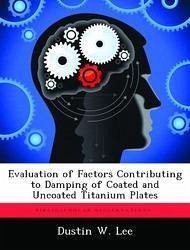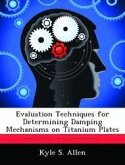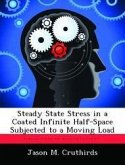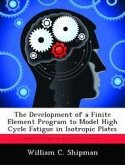High Cycle Fatigue (HCF) is the leading cause of component failure in gas turbine engines today, which poses great risk to aircraft, engines, and their crews. Mitigation of HCF effects has become a priority topic, and the damping benefits of hard coatings are being reevaluated for this purpose. Research was conducted to further understanding of damping measurements on these coatings. This study continues work to characterize the damping effects of a magnesium aluminate spinel (mag spinel) coating applied to a titanium plate via vibration testing. Two different plate sizes were evaluated in a clamped-free-free-free condition and a freefree- free-free condition, respectively. In both the clamped and free studies, the second bending and two-stripe mode shapes were identified and studied. Clamped specimens were tested in order to determine various factors affecting damping. Using these factors, it was shown that air damping has a statistically significant impact on damping, where the impact is dependent on mode shape. The amount of damping introduced by the air was, however, minute compared to the losses introduced by the constraint blocks. Testing on free condition specimens explored another possible method to obtain a damping comparison between coated and uncoated samples with fewer damping losses.
Hinweis: Dieser Artikel kann nur an eine deutsche Lieferadresse ausgeliefert werden.
Hinweis: Dieser Artikel kann nur an eine deutsche Lieferadresse ausgeliefert werden.








